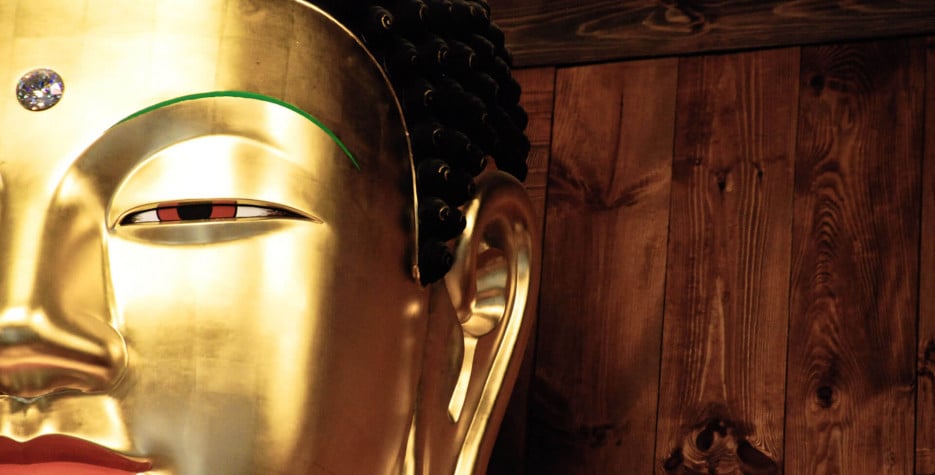When is Buddha's Birthday in South Korea?
In South Korea, this national holiday is also known as 'Seokga tansinil'. In Korea, the date of the birthday of Buddha is determined by the Lunisolar calendar. It takes place on the 8th day of the 4th month of the Lunar calendar, which means it usually falls in late April or early May.
Since March 2023, South Korean workers will enjoy an extra day off if either Buddha's Birthday or Christmas overlaps with a Saturday or Sunday.
Buddha's Birthday in South Korea
Buddha's birthday has been a public holiday in South Korea since 1975, with the number of followers of Buddhism in South Korea estimated at 10 million.
The holiday is marked by lantern festivals and temples open their doors offering visitors free tea and a meal of rice and vegetables called bibimbab. People also hang lotus lanterns in their homes and streets as well as covering the temples with lanterns during the holy month.
In Seoul, there is an evening parade from Tapgol Park to Jogyesa on the Sunday before the actual holiday.
Though it’s a national holiday, shopping sites, restaurants, and entertainment sectors such as movie theatres open as usual on Buddha’s Birthday.
History of Buddha's Birthday in South Korea
Buddhism was first introduced to Korea in 372 AD, blending with elements of Korean shamanism.
Buddhism was supported as the state ideology during the Goryeo period but was repressed during the Joseon era when Neo-Confucianism became dominant in the 14th century.
Shakyamuni Buddha, the historical founder of Buddhism, was born in Lumbini, Nepal, 3,000 years ago.
There are various opinions concerning the exact dates of his birth and death. Still, according to Buddhist tradition, he is said to have been born on April 8th 1029 BC and died on February 15, 949 BC, although other Buddhist scholars place his birth five hundred years later.
Shakyamuni Buddha was the son of the king of the Shakyas, a small tribe whose kingdom was located at the foothills of the Himalayas, south of what is now central Nepal, fifteen miles from Kapilavastu. Shakya of Shakyamuni is taken from the name of this tribe and muni means sage or saint. His family name was Gautama (Best Cow) and his given name was Siddhartha (Goal Achieved) though some scholars say this is a title bestowed on him by later Buddhists in honour of the enlightenment he attained.
Even though many Buddhists observe Buddha's historical birth on April 8th, the exact date remains in question. Although modern archaeological and historical research confirms that Prince Siddartha Gotama lived around this time.
Lotus Lantern Festival
A famous event to mark Buddha's Birthday is the Lotus Lantern Festival, or Yeon Deung Hoe in Korean, which takes place in the week before the date.
People from all over the world will gather together in Seoul on the Saturday before Buddha's Birthday to watch as a huge lantern parade that lasts for two and a half hours, with over a hundred thousand participants, each holding glowing lanterns which represent a commitment to the Buddhist enlightenment teachings.
Designated Korea’s Intangible Cultural Property of Korea No. 122, the festival dates back 1,200 years to the Silla Dynasty (57 BC-935), which was the peak of Buddhism on the Korean Peninsula.
Buddha's Birthday in North Korea
It is not celebrated as a public holiday, but people in North Korea honour the birthday of Buddha as a traditional holiday. Known as Chopail, it is a festival that celebrates the culture of the Buddhist population.


